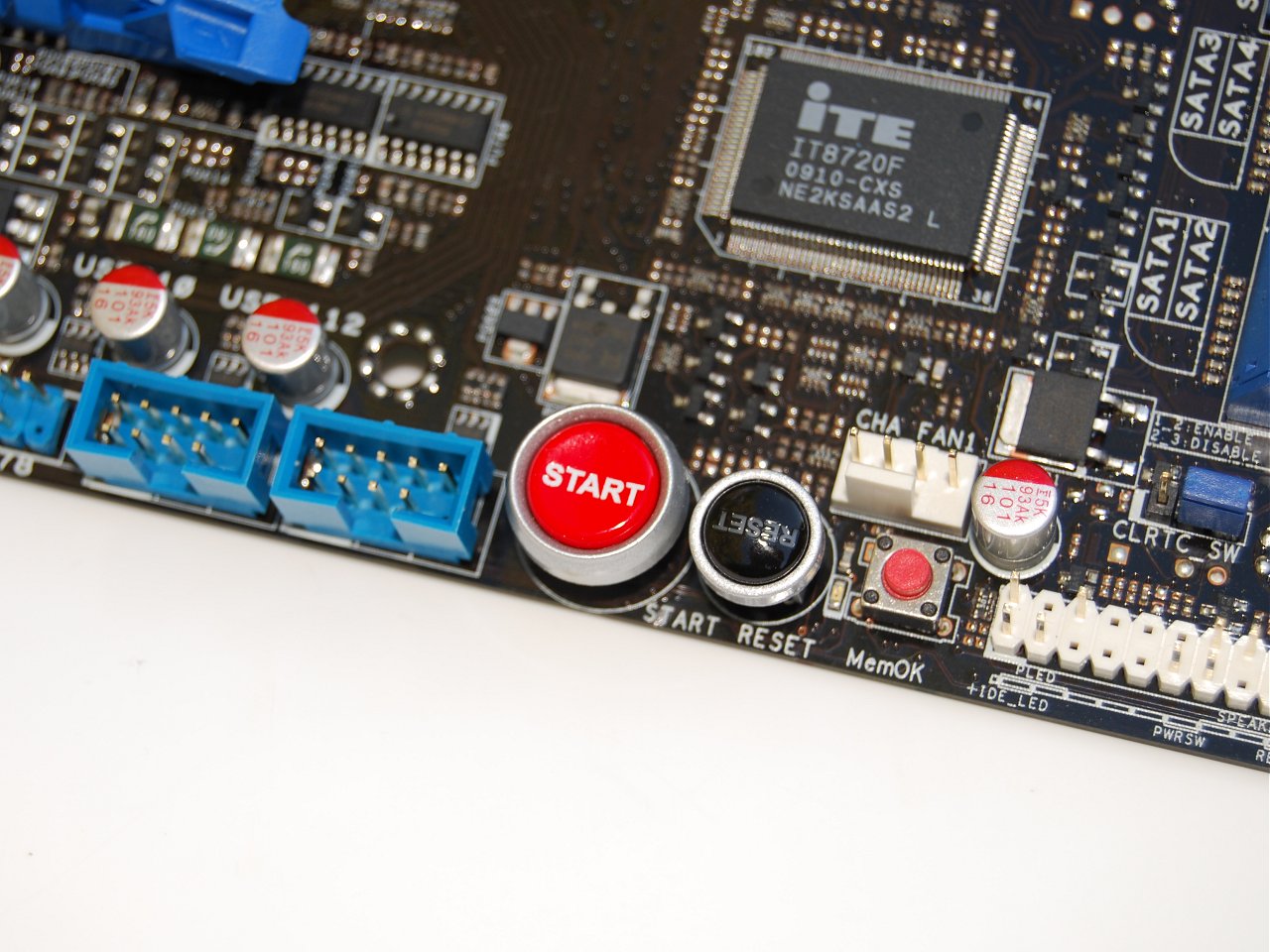Special Features On-Board
There is a wealth of more unique features lurking on the Asus Crosshair III Formula. The performance and reliability features include (prepare for marketing buzzwords): Voltiminder LED, Loadline Calibration, 2-phase DDR3, 8-phase CPU, MemOK!, COP EX, CPU Level Up, Memory Level Up, Pin-Fin Thermal Module, Extreme Tweaker and iROG.


The MemOK! feature sounds like an interesting proposition for maximizing memory compatibility. Though we didn't suffer any issues with our Crucial Ballistix Tracer DDR3-1333 modules, MemOK! is meant to act at the push of a button for automatic memory failsafe setting detection.
Another new feature is TweakIt, which provides overclockers with an easy trial and error method of overclocking without having to enter the BIOS. The original version was designed for standard ATX motherboards which are not nearly as space limited and thus featured the controls on the motherboard.
The Crosshair III Formula features the keyboard-based version that can be used in conjunction with a LCD indicator and will allow to overclock the system at anytime on-the-fly.

Then there is the environmentally friendly EPU technology designed to save power. The Crosshair III Formula features the latest version of this power saving technology called the EPU-Six Engine. This new version of the EPU is able to detect current PC loadings in real time and moderate the power supply for complete system level power savings. This technology can also be used when overclocking, though it's still quite limited in this regard.
The aforementioned "LCD Poster" is another special feature found on the Crosshair III Formula motherboard. When a system malfunction occurs, the board automatically detects for device failure and posts physical system errors on the LCD during POST. This makes diagnosing any boot problems very quick and easy for the user. No more beeping deciphering for you ;).
Also for overclockers, the "O.C. Profile Configuration" provides with memory for eight custom BIOS profiles. This feature has been used heavily in the past on high-end motherboards and it has become somewhat of an essential feature if you ask us.
